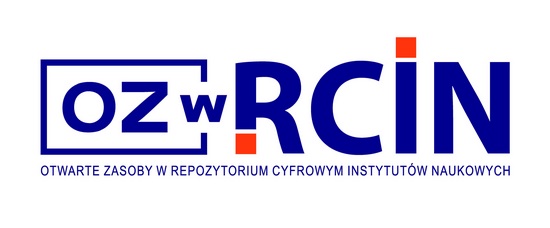Please submit to the Editor (Acta Chiropterologica, c/o Museum and Institute of Zoology PAS, Wilcza 64, 00-679 Warszawa, Poland) two copies of each paper with tables, figure captions, and figures. The journal also encourages electronic submissions to expedite processing(This email address is being protected from spambots. You need JavaScript enabled to view it.). Do not send original illustrations until the manuscript has been accepted. Final version (corrected after the review process and language review) of the manuscript must be submitted as printed text accompanied by original illustrations and a file on computer disk (IBM PC-compatible format), as Rich Text Format, MS Word, or WordPerfect. The disk copy should include all parts of the manuscript, including tables and any computer-generated figures. Use tab commands, not spaces, for paragraph indents. The entire text file should be justified to the left, including headings, subtitles, etc.
Papers must conform to the following layout:
- Title page. This should include title, authors, institutions, address of the corresponding author (including telephone and fax numbers and E-mail address, as applicable), key words, and short running title. The title should be concise but informative. When submitting a paper with multiple authors, one author must accept the responsibility for all correspondence.
- Abstract. The abstract should be informative, concise, and in a form that is fully intelligible in conjunction with the title. It should not exceed 250 words and should not include any citation of references.
- The standard arrangement for the full-length paper is as follows: Introduction, Materials and Methods, Results, Discussion, Acknowledgments, Literature Cited.
- Names of genera and species should be italicized. Use SI units and appropriate symbols. The International Code of Zoological Nomenclature must be strictly followed.
- References in the text should be cited chronologically, e.g., Hill and Koopman (1981), Tupinier (1989), Koopman (1993, 1994); dealing with two authors use ęandł as a connecting word; for references with more than two authors use the form ęet al.ł. References in the Literature Cited section should be listed alphabetically with book and journal titles given in full. Use small letters a...z to indicate references published by the same author/authors within one year. For papers published using an alphabet other than Latin but having a summary, title, or abstract in Latin alphabet, cite this ęoriginalł translation. If there is no such translation, use an English translation in brackets [Ź ] with an indication of the original language.
Examples:
Amengual, B., J. E. Whitby, A. King, J. S. Cobo, and H. Bourhy. 1997. Evolution of European bat lyssaviruses. Journal of General Virology, 78: 2319-2328.
Norberg, U. M. 1998. Morphological adaptations for flight in bats. Pp. 93-108, in Bat biology and conservation (T. H. Kunz and P. A. Racey, eds.). Smithsonian Institution Press, Washington, D.C., xiv + 365 pp.
Strelkov, P. P. 1997. Breeding area and its position in the range of migratory bat species (Chiroptera, Vespertilionidae) in East Europe and adjacent territories. Communication 1. Zoologicheskiď Zhurnal, 76: 1073-1082. [In Russian with English summary]. - Tables should be kept as simple as possible. They should be printed on separate sheets in camera-ready form, be numbered consecutively, and be self-explanatory.
- Illustrations are referred to as 'Fig., Figs.' in the text (not as plates). Figure captions should be typed on a separate sheet, numbered consecutively, and grouped to correspond to plates. All illustrations should be marked on the reverse with author's name, title of a paper, figure number(s); top and bottom should be indicated. High-resolution electronic files of images in standard formats (preferably in JPG or TIFF for photos, and CDR for line drawings) are accepted. Illustrations should be mounted in plates in the arrangement desired in the printed work, and should not exceed 215 × 280 mm. All submitted illustrations (black-and-white line drawings and half-tone illustrations) must be high quality prints or originals. Coloured illustrations are acceptable, but all costs must be born by the author(s). Original illustrations will be returned to the author upon publication.
- Page proofs. Only one set of page proofs will be sent, and authors are charged for any major author-generated alterations.
- Reprints. They may be ordered at extra but still competitive price at the proof stage. The pdf file with the final version of the article will be provided for free.









